SIGNALS INTELLIGENCE
Ever Baldwin, Ben Bertocci, Becky Brown, Lindsay Burke, Chris Dorland, Robby Herbst, Bridget Mullen, Louisa Owen, Viktor Timofeev, RJ Supa, Nana Wolke
Presented with Leslie Weissman, Co-Curator
Mar 29 - Jun 29, 2025
Mar 29 - Jun 29, 2025

“I thought that when you went to places like hospitals, they tell you to draw and make the Rorschach Tests. I wish I’d known there was a set.”
Signals Intelligence draws together the works of more than a dozen artists who balance on the edge of abstraction and recognition. The ensemble of works on view—which involve mirroring forms, doubling figures, shifting symmetries, and loosely discernable images—can be interpreted as a new set of Hermann Rorschach's ink blots, visions that speak as much to the artists' intent as to the viewers' in/ability to discern. Within this context, even the most fundamental dichotomies of artmaking—image and ground, abstraction and figuration—remain telling experiments for understanding ourselves, as telling as Warhol's own misunderstanding that a common set of Rorschach exists instead of each patient making their own suite.
Preview the exhibition here.
Signals Intelligence draws together the works of more than a dozen artists who balance on the edge of abstraction and recognition. The ensemble of works on view—which involve mirroring forms, doubling figures, shifting symmetries, and loosely discernable images—can be interpreted as a new set of Hermann Rorschach's ink blots, visions that speak as much to the artists' intent as to the viewers' in/ability to discern. Within this context, even the most fundamental dichotomies of artmaking—image and ground, abstraction and figuration—remain telling experiments for understanding ourselves, as telling as Warhol's own misunderstanding that a common set of Rorschach exists instead of each patient making their own suite.
Preview the exhibition here.
SECULAR GOTHIC
Ever Baldwin, Jennifer Carvalho, Elizabeth Englander, Genevieve Goffman, Danielle Gottesmann, Austin Harris, Jacob Jackmauh, Bradford Kessler, Viktor Timofeev, Alix Vernet, Jean-Pierre Villafañe, Lulu White
Co-Curator: Anna Espínola Lynn
Artist Liaison: Tania Fer
Apr 27 - Jul 28, 2024
Artist Liaison: Tania Fer
Apr 27 - Jul 28, 2024
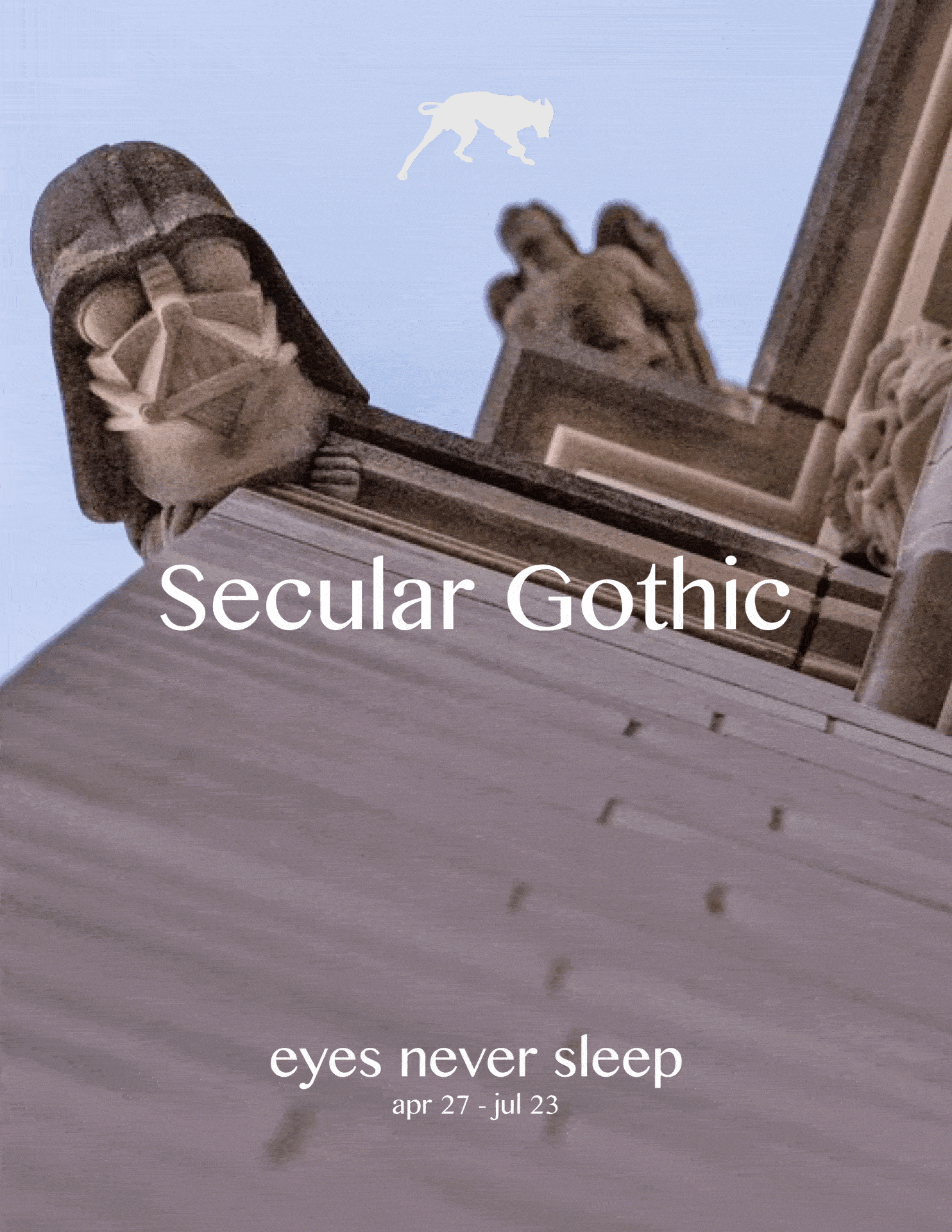
Secular Gothic presents works by a dozen artists who engage with the history of sacred spaces and surfaces, injecting the solemnity of that lineage of sculpture and architecture with precious gestures and profane subversions.
Request a preview
CUMULONEBULOUS
Thomas Hart Benton, Chris Dorland, Jacob Jackmauh, Tim Lyons, Elbert Joseph Perez, Nora Maité Nieves, Rachel Rosheger, and Viktor Timofeev
Curated with Tania Fer
Jan 27 - Mar 23, 2024
Jan 27 - Mar 23, 2024

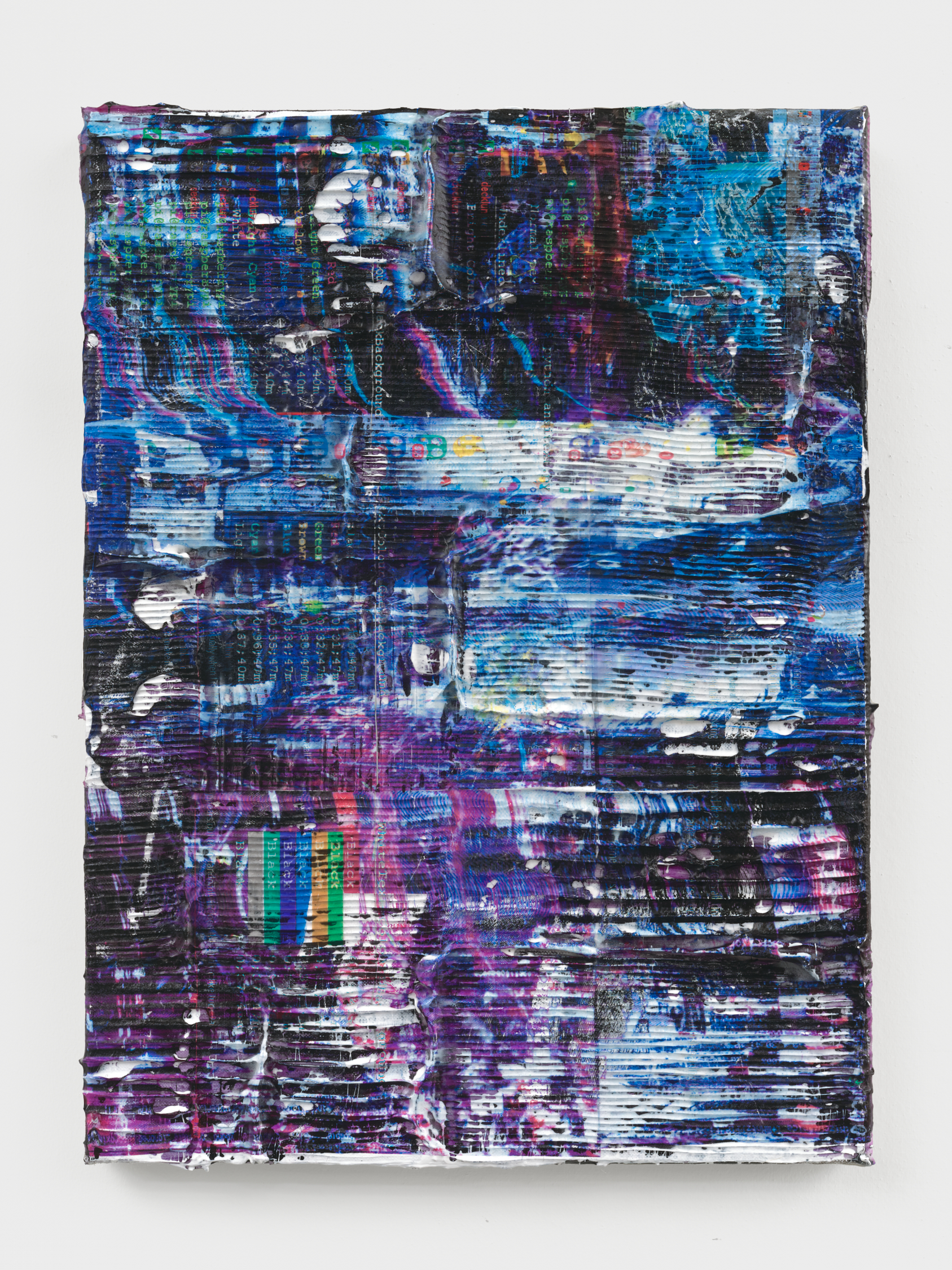

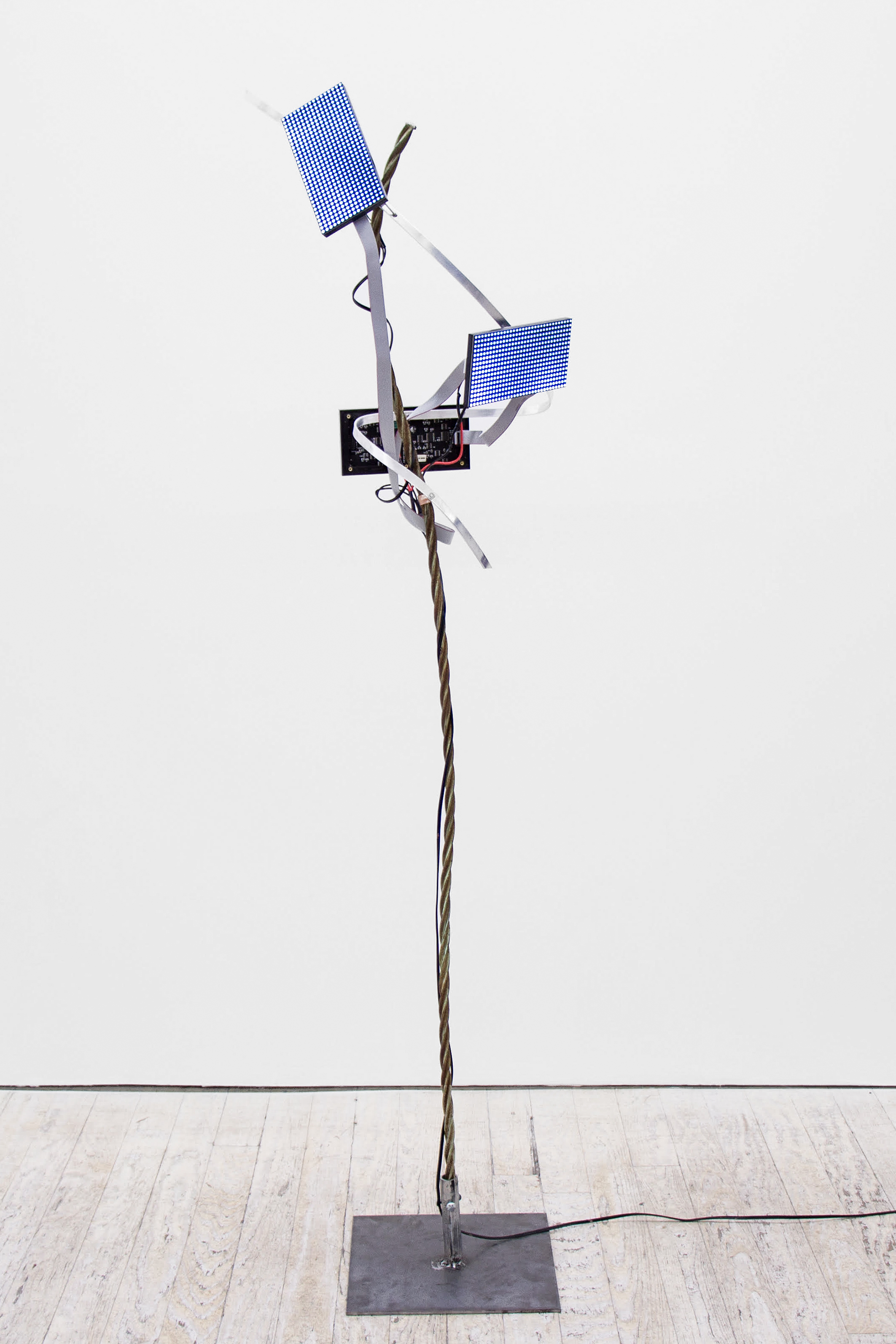

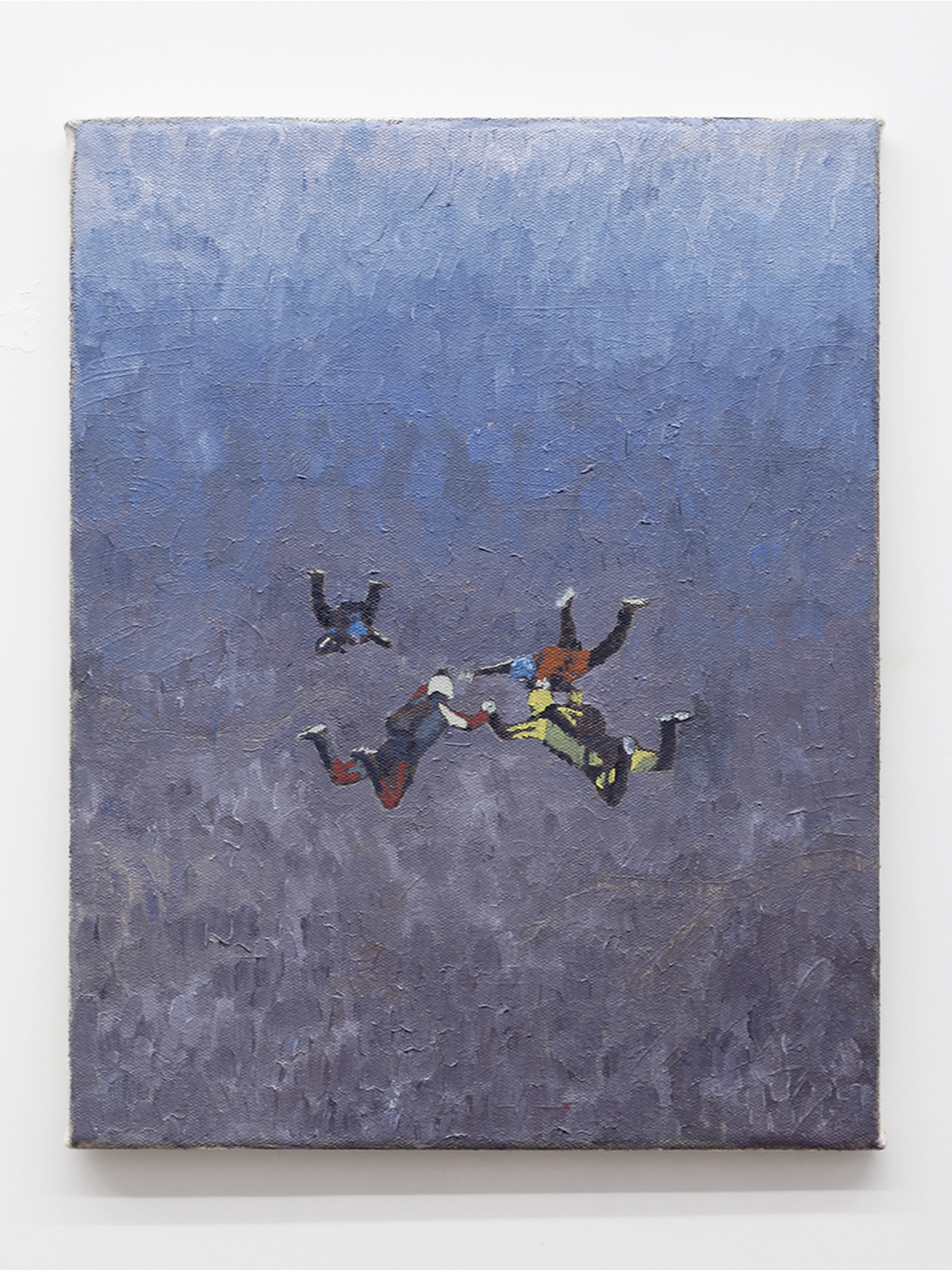
In Wichita, Kansas during the summer of 1946, a young boy named Bruce sat in a darkened theater waiting for a film to start. Before the feature began rolling, however, a very different image was projected on screen—a mushroom cloud exploding through the skies. What Bruce and many cinema-goers across the United States were watching was a news clip of footage from Operation Crossroads, the US Military’s atomic bomb tests which had just been detonated underwater at Bikini Atoll in the Pacific Ocean. As he sat gazing at the macabre image of radioactive plumes rocketing from the seas, funneling toward the natural clouds, and swirling around the skies, he became mesmerized.
Thirty years later, the boy, by then known as the enigmatic artist Bruce Conner, returned to the footage to produce the short film CROSSROADS, 1976. Culled from the filmstrips shot by 700 cameras at the test site (at the time, purportedly half of the world’s supply of film was on hand for the event), Conner’s more than half-hour elegiac compilation of footage embraces the atomic sublime in all its abject terror while also slowing the frames down to a hypnotically patient pace as the atomic explosion camouflages itself into the swirling clouds above the atoll, permanently and tangibly injecting into the existing atmosphere a loss of innocence born of human-wrought chaos in the sky.
The exhibition Cumulonebulous conjures up a new cloud classification, one unlike the dozens of extant varieties identified in nephology, the branch of meteorology focused on clouds. The term splices the dense-looking structure of cumulus clouds, the puffy universal symbol for “cloud” whether in a toddler’s drawing or in an emoji proffered by big data, with the vaporous veil-like cloud cover of a nebulosus that rejects visibility. Departing from its closest relative the cumulonimbus, the familiar anvil-shaped storm cloud that can tower tens of thousands feet tall and produce hail, thunder, and lightning, the cumulonebulous carries the threat of immense ruin but eschews such recognizable and predictable forms, instead manifesting unexpectedly in supercell weather systems and global software breaches.
...
Press Release
By Appointment | Book a visit
Request a preview
Thirty years later, the boy, by then known as the enigmatic artist Bruce Conner, returned to the footage to produce the short film CROSSROADS, 1976. Culled from the filmstrips shot by 700 cameras at the test site (at the time, purportedly half of the world’s supply of film was on hand for the event), Conner’s more than half-hour elegiac compilation of footage embraces the atomic sublime in all its abject terror while also slowing the frames down to a hypnotically patient pace as the atomic explosion camouflages itself into the swirling clouds above the atoll, permanently and tangibly injecting into the existing atmosphere a loss of innocence born of human-wrought chaos in the sky.
The exhibition Cumulonebulous conjures up a new cloud classification, one unlike the dozens of extant varieties identified in nephology, the branch of meteorology focused on clouds. The term splices the dense-looking structure of cumulus clouds, the puffy universal symbol for “cloud” whether in a toddler’s drawing or in an emoji proffered by big data, with the vaporous veil-like cloud cover of a nebulosus that rejects visibility. Departing from its closest relative the cumulonimbus, the familiar anvil-shaped storm cloud that can tower tens of thousands feet tall and produce hail, thunder, and lightning, the cumulonebulous carries the threat of immense ruin but eschews such recognizable and predictable forms, instead manifesting unexpectedly in supercell weather systems and global software breaches.
...
Press Release
By Appointment | Book a visit
Request a preview
CIRCADIAN
GARDENS
GARDENS
Ever Baldwin, Bradley Biancardi, Frances Cocksedge, Noel de Lesseps, Andie Dinkin, Annie Hemond Hotte, David L. Johnson, Em Joseph, Meaghan Elyse Lueck, Tim Lyons, Alissa McKendrick, Connor McNicholas, Viktor Timofeev, Jean-Pierre Villafañe, Bradley Ward, Lulu White
Mar 11 - May 26, 2023
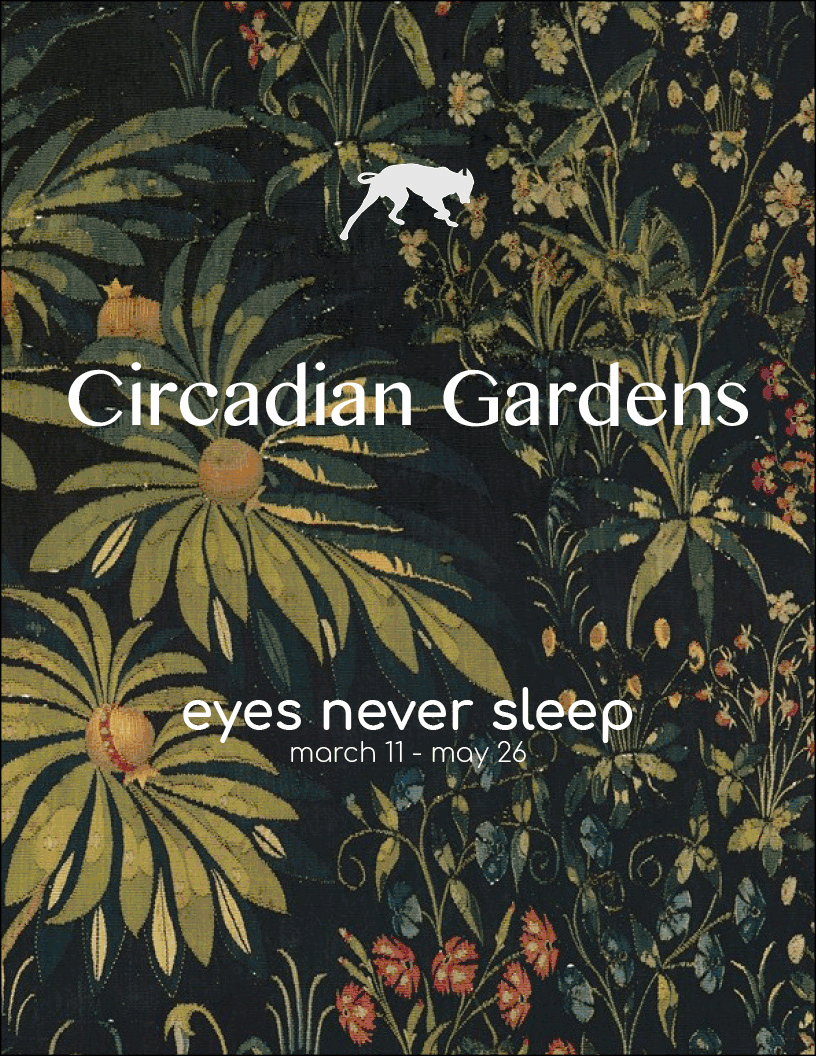
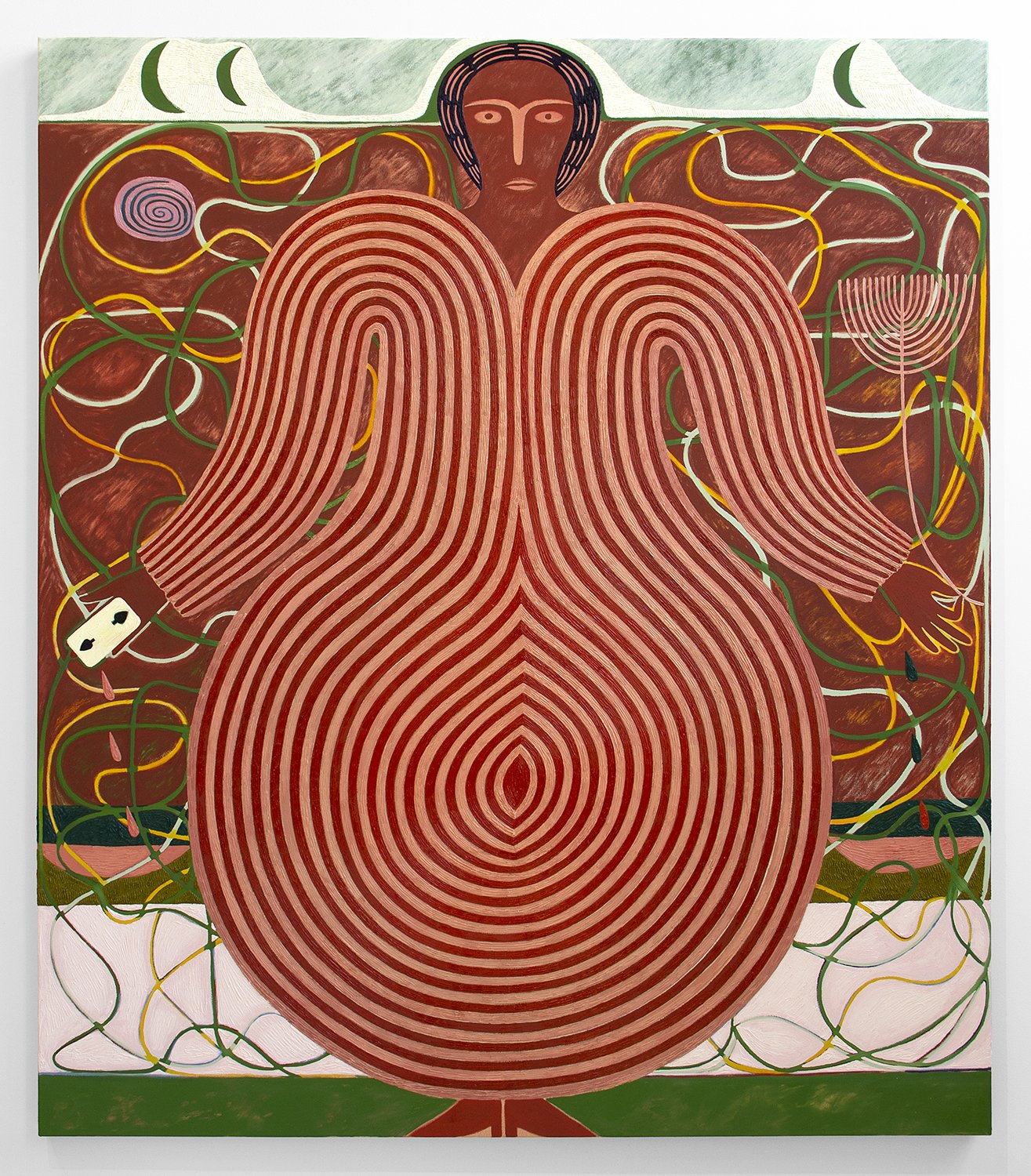

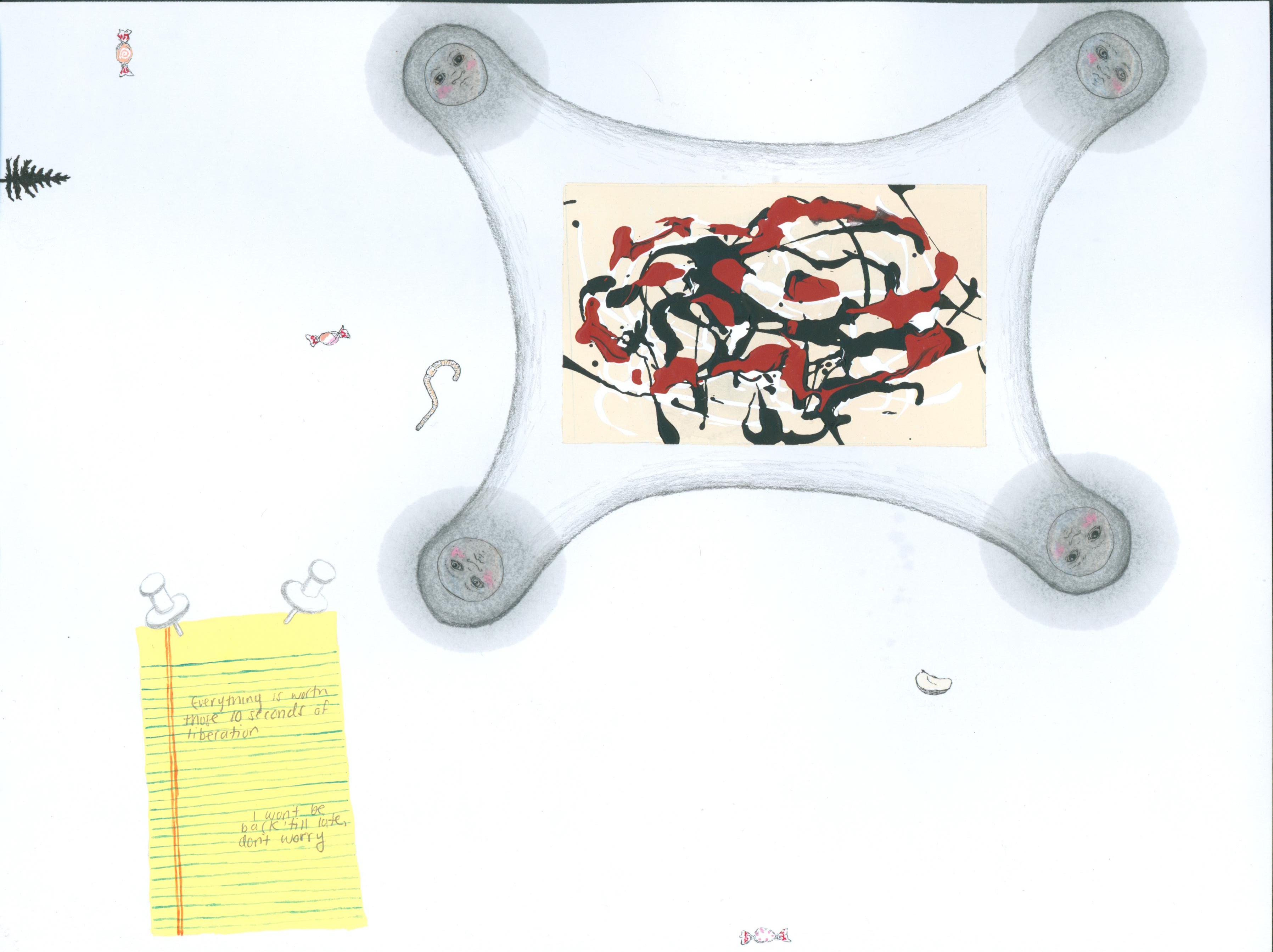
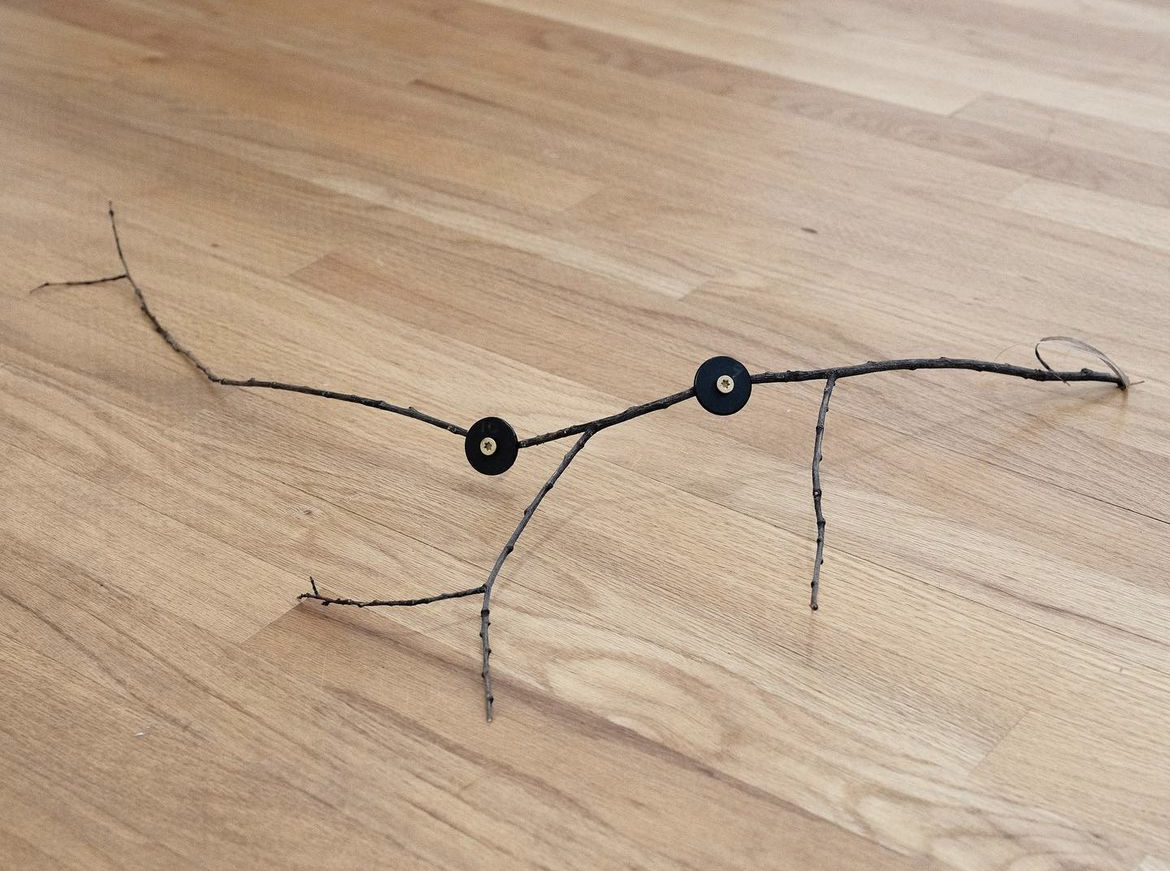

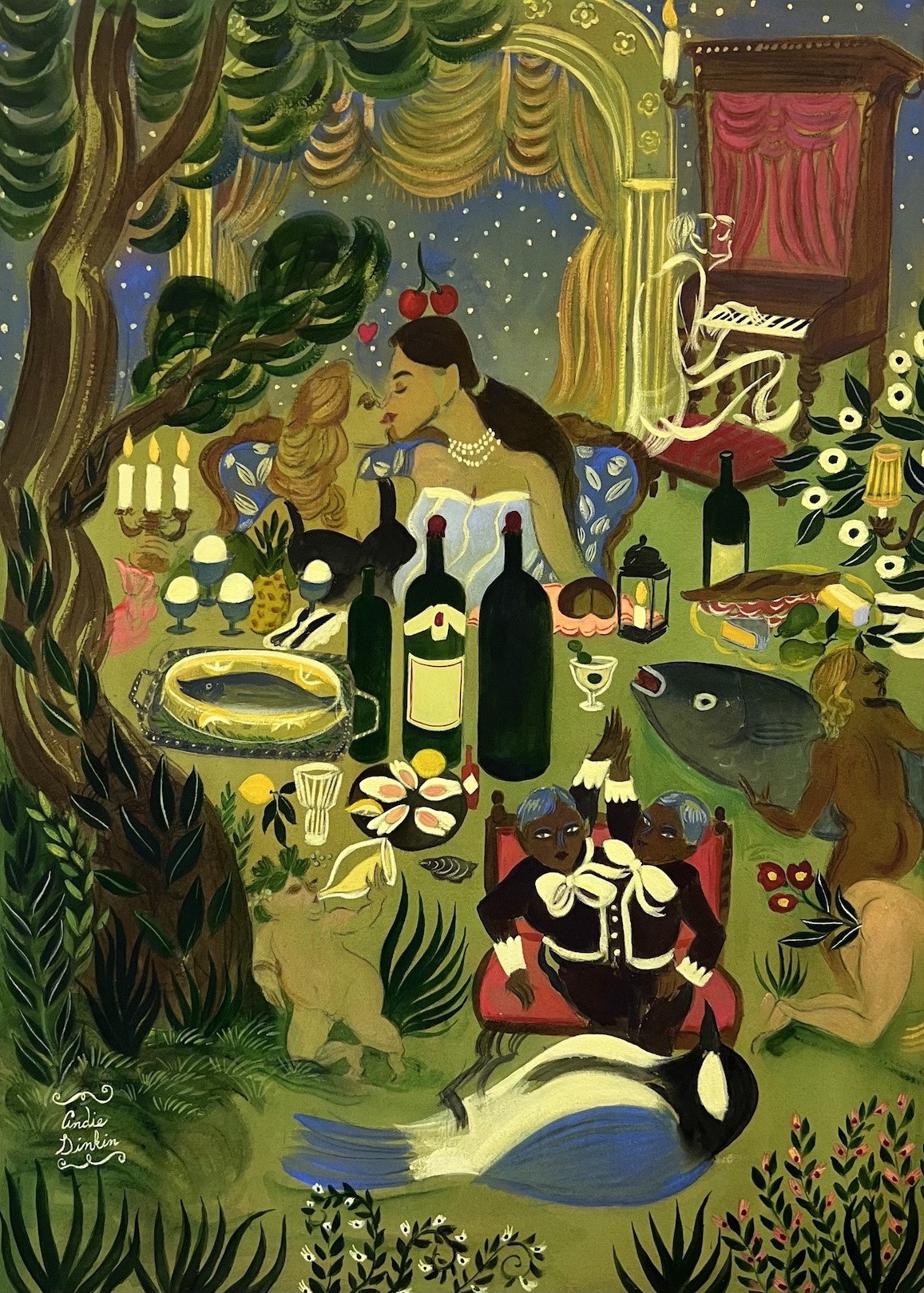
"24/7 is inseparable from environmental catastrophe in its declaration of permanent expenditure, of endless wastefulness for its sustenance, in its terminal disruption of the cycles and seasons on which ecological integrity depends... The scandal of sleep is the embeddedness in our lives of the rhythmic oscillations of solar light and darkness, activity and rest, of work and recuperation, that have been eradicated or neutralized elsewhere."
-Jonathan Crary
(24/7: Late Capitalism and the Ends of Sleep)
Circadian Gardens considers the contemporary moment of intense disruption in the once-natural patterns of sleeping and waking, of bleeding between night and day, of camouflaging the artificial and the organic. The exhibition presents sixteen artists who observe the material presence, historical circumstance, and sociopolitical impact of the flora around them.
-Jonathan Crary
(24/7: Late Capitalism and the Ends of Sleep)
Circadian Gardens considers the contemporary moment of intense disruption in the once-natural patterns of sleeping and waking, of bleeding between night and day, of camouflaging the artificial and the organic. The exhibition presents sixteen artists who observe the material presence, historical circumstance, and sociopolitical impact of the flora around them.
CARE AND MAINTENANCE OF THE INTERMEDIATE BLOCK
Gregory Klassen
Oct 1 - Dec 13, 2022


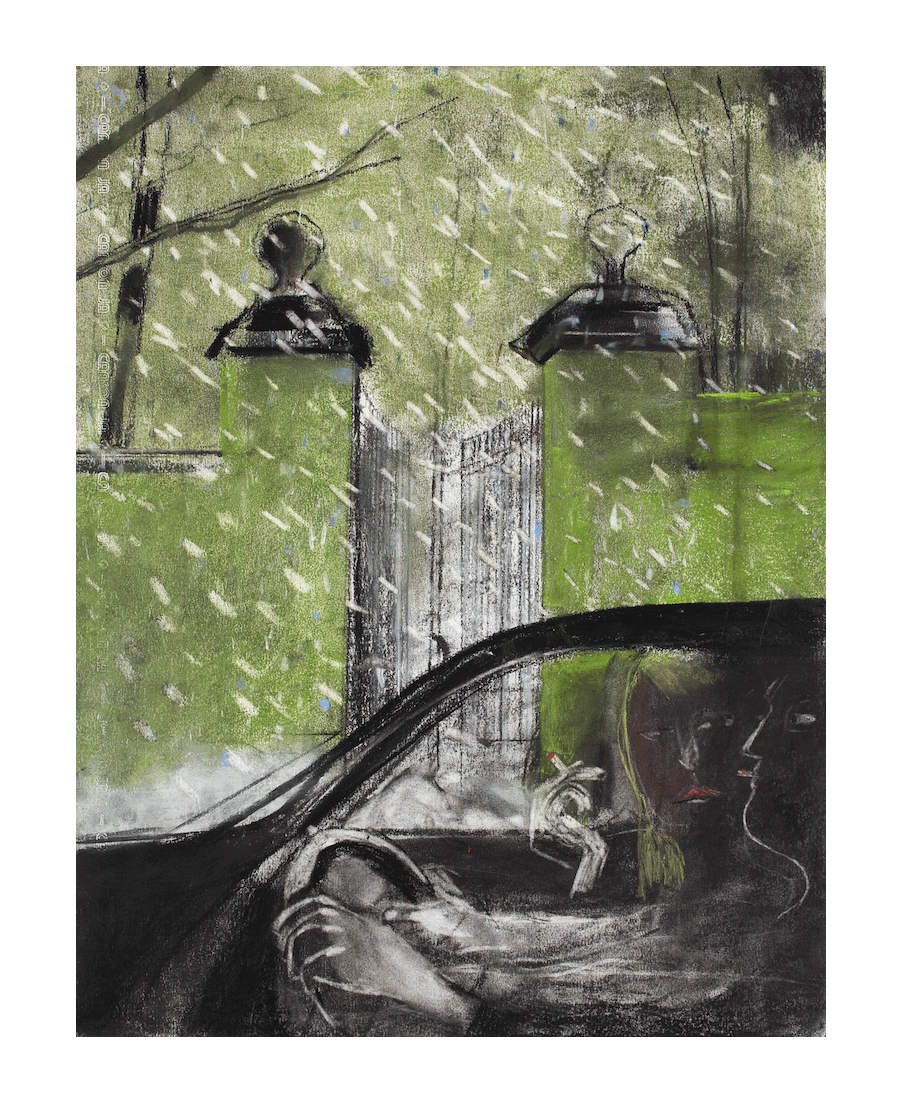
Presented with Max Lawton
Care and Maintenance of the Intermediate Block presents a suite of drawings in charcoal and pastel by artist Gregory Klassen. Created in response to and as illustrations for writer Vladimir Sorokin’s book Their Four Hearts (translated by Max Lawton), the body of work envisions a world in parallel to Sorokin’s words, which tell of four characters’ lives unfolding violently as the fallacies of the Soviet Union unravel around them.
Presenting dozens of drawings by Klassen—from single page portraits torn from a spiral sketchbook to large-scale scenes on multiple sheets of paper, and including both drawings from the three dozen published in the book alongside more from the nearly 200 in the series —the exhibition pans across a literary and historical timeline of civil and ethical decay. “His illustrations,” Lawton writes, “allow the reader to pretend they are entering into a storybook-world instead of the aberrant flesh-libido of the Soviet system.”
Radiating the dark angst and violent whims at the crumbling of the Soviet Union, Klassen’s mark-making builds up the frenetic ethos of Sorokin’s story of structural decomposition without autocratic artifice. Conceptually, historically, and visually, Klassen’s drawings exist in orbit with the works of artists who served as soldier-witness to and searing critic of collapsing empires, including Otto Dix, George Grosz, and Max Beckmann from Weimar Germany, but also Alfred Kubin and his nightmarish scenes of state authority and human depravity in Austria-Hungary at the turn of the twentieth century. Klassen, reckoning with the heaviest socio-political implosion at the turn of the twenty-first, similarly focuses his eye on the degeneracy of anti-humanist society in which any person’s fate is a roll of the dice.
Lawton deciphers the drawings with a fitting alchemy of sacerdotal terms and sacrilege: “Greg’s drawings are the rosary beads of Sorokin’s world, as they represent the power and beauty of art in even the most wretched corners of human history (and are any of its corners not wretched?!). In that sense, as an artist, Greg is the only one of the novel’s hearts to remain as such––to not have become a die as the other four do at novel’s end.”
Visualizing all of the objects, all the places, all the people, Klassen’s drawings for Their Four Hearts renders a kaleidoscopic encyclopedia of images that make the story visible without abridgment, facing every page and the painful, ecstatic nihilism exposed therein.
Care and Maintenance of the Intermediate Block presents a suite of drawings in charcoal and pastel by artist Gregory Klassen. Created in response to and as illustrations for writer Vladimir Sorokin’s book Their Four Hearts (translated by Max Lawton), the body of work envisions a world in parallel to Sorokin’s words, which tell of four characters’ lives unfolding violently as the fallacies of the Soviet Union unravel around them.
Presenting dozens of drawings by Klassen—from single page portraits torn from a spiral sketchbook to large-scale scenes on multiple sheets of paper, and including both drawings from the three dozen published in the book alongside more from the nearly 200 in the series —the exhibition pans across a literary and historical timeline of civil and ethical decay. “His illustrations,” Lawton writes, “allow the reader to pretend they are entering into a storybook-world instead of the aberrant flesh-libido of the Soviet system.”
Radiating the dark angst and violent whims at the crumbling of the Soviet Union, Klassen’s mark-making builds up the frenetic ethos of Sorokin’s story of structural decomposition without autocratic artifice. Conceptually, historically, and visually, Klassen’s drawings exist in orbit with the works of artists who served as soldier-witness to and searing critic of collapsing empires, including Otto Dix, George Grosz, and Max Beckmann from Weimar Germany, but also Alfred Kubin and his nightmarish scenes of state authority and human depravity in Austria-Hungary at the turn of the twentieth century. Klassen, reckoning with the heaviest socio-political implosion at the turn of the twenty-first, similarly focuses his eye on the degeneracy of anti-humanist society in which any person’s fate is a roll of the dice.
Lawton deciphers the drawings with a fitting alchemy of sacerdotal terms and sacrilege: “Greg’s drawings are the rosary beads of Sorokin’s world, as they represent the power and beauty of art in even the most wretched corners of human history (and are any of its corners not wretched?!). In that sense, as an artist, Greg is the only one of the novel’s hearts to remain as such––to not have become a die as the other four do at novel’s end.”
Visualizing all of the objects, all the places, all the people, Klassen’s drawings for Their Four Hearts renders a kaleidoscopic encyclopedia of images that make the story visible without abridgment, facing every page and the painful, ecstatic nihilism exposed therein.